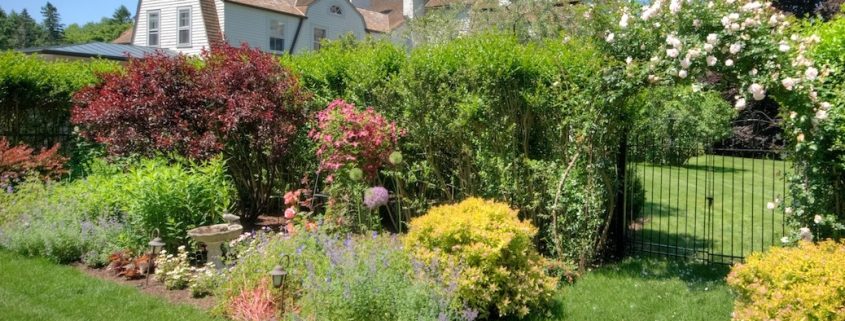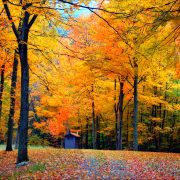Make Perennials Pop
The exterior of a home is the first impression buyers have. Whether in a magazine, a website, or a tour, it is inescapable that exteriors are among the chief hooks for buyers, and one of the most effective ways to easily add curb appeal is through gardening. Through the addition of perennial beds, mulching, and variety of plantings, any home can receive a great boost in appeal with relatively little expense.
Before beginning your garden, ensure that the soil has good drainage and aeration. Remove any extraneous plants, such as grasses and weeds. Enclosing the space with edging or another visual demarcation not only adds an attractive visual element, but can help to stop the spread of unwanted plants into the garden, as well of mulch out of it. While planting, allow ample time for perennials to become established before their winter dormancy. However, planting can occur during any season, except winter. A layer of mulch is not only good for plants, but provides an additional visual marker for the borders of the garden.
Perennial gardens are not only relatively easy to maintain, their reoccurrence creates year-over-year value. Within your garden, plant taller plants toward the least-accessible part of the space. Gradually plant shorter plants to allow for each element of the garden to be visible, though occasional changes in orientation can provide visual texture.
In addition to varying the size of plants, tasteful variation in color and texture are also effective for increasing curb appeal. By using a continuous but matching palette, variety may be introduced without over-stimulating the viewer. Placed into small clusters, groups of matching plants can act as focal points throughout, thereby disrupting potential monotonies. Interspersing these groups throughout the garden can create a satisfying continuity while maintaining variety. For experienced botanists, a consideration of the approximate blooming times of each plant can be magnificently employed, potentially allowing for a successive series of bloomings throughout the season. Gardens can benefit from basic geometry as well. By planting groups in triangular or scattered spaces, the volumes of plants blend together more effectively.
Throughout the season, be sure to remove weeds as they appear and provide irrigation. Remember that effective set-up can cut down on maintenance later.
Finally, the addition of paths, stones, and other inorganic elements throughout can add additional visual interest without becoming overwhelming. By integrating the aesthetic of the garden and adding these secondary elements, a relatively simple combination of colors and textures can sum to great design and powerful curb appeal.
Article written by Richard Duffy












